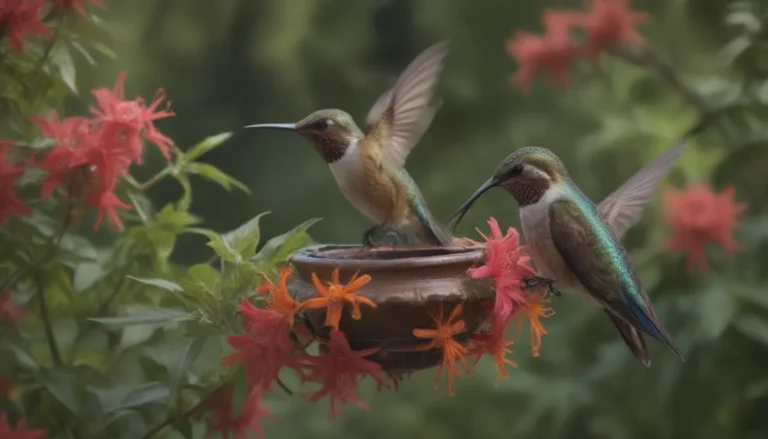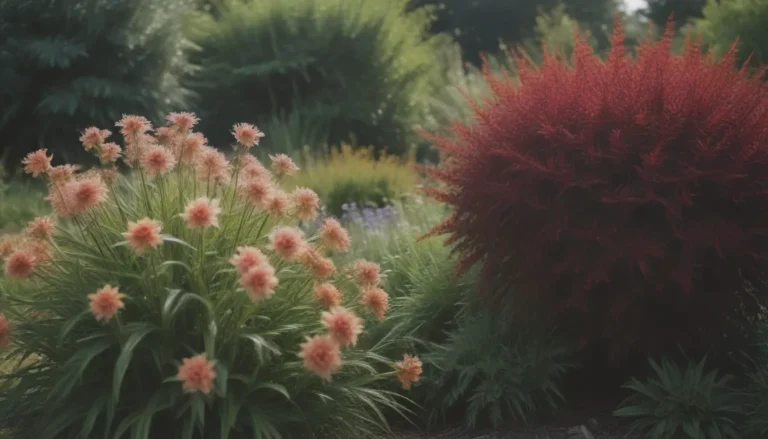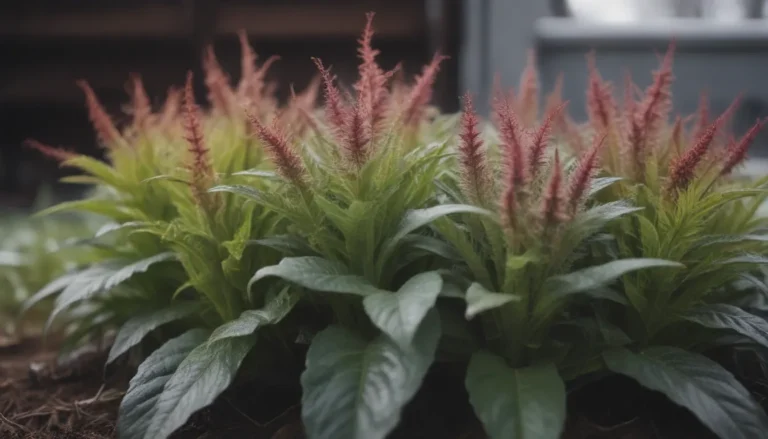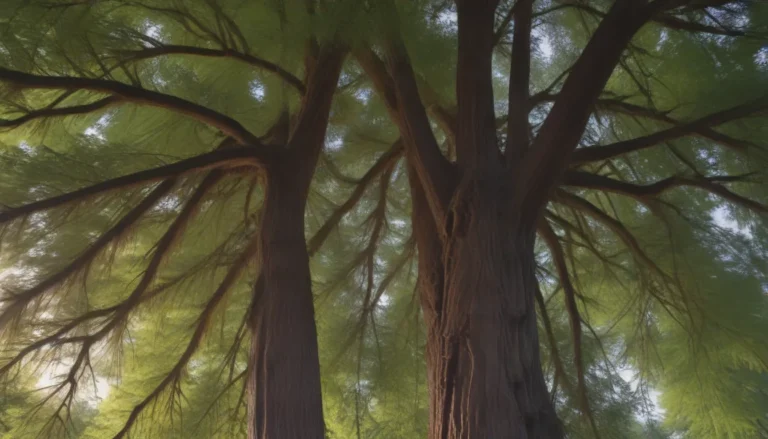Everything You Need to Know About Eastern Redbud Trees

If you’ve ever come across a beautiful multi-trunk tree adorned with delicate pink blooms in the winter, you probably encountered the stunning Eastern Redbud tree. Known for being one of the first trees to flower each year, the Eastern Redbud, scientifically named Cercis canadensis, is a lovely addition to any garden. Despite its relatively short lifespan of up to 20 years, this tree’s aesthetic appeal makes it a popular choice for many gardeners.
Eastern Redbud Overview
The Eastern Redbud belongs to the pea family, Fabaceae, and shares its botanical niche with other species like the Kentucky coffee tree, wattles (Acaciaspp.), the powder puff tree (Albizia julibrissin), and wisteria (Wisteria sinensis). While it is often referred to as simply “redbud,” there are other species that go by the same name. Some may also know it as the Judas tree, although this name is more accurately associated with the Cercis siliquastrum species.
Eastern Redbud trees typically reach heights of 20 to 30 feet and widths of 25 to 35 feet, forming a distinct vase-like shape with multiple trunks. The leaves of the tree are heart-shaped and approximately 3 to 5 inches across, remaining green throughout most of the growing season before transitioning to a yellowish-green hue in the fall. The tree produces pea-like flowers in late winter or early spring, even before the leaf buds start to unfurl. While most redbud trees bear pink flowers, some varieties boast white blooms. As the flowers wither, they give rise to green pods filled with black seeds, which later turn brown and dry out in the summer.
Redbud trees are typically planted in the spring and exhibit a moderate growth rate. Under favorable conditions, you can expect your Eastern Redbud to grow about 7 to 10 feet in the first five to six years.
Eastern Redbud Care Guide
If you’re considering adding an Eastern Redbud tree to your garden, here are some essential care tips to ensure its health and vibrancy:
Climate and Planting
Eastern Redbuds thrive in USDA hardiness zones 4 to 8 and originate from the midwestern and eastern United States. Once established, they are considered drought-tolerant trees. However, they do not take well to transplantation, so it’s crucial to carefully select a suitable location that you won’t need to relocate in the future. As the branches of the tree are prone to breakage, try to plant it in a spot shielded from strong winds.
Pruning and Maintenance
To maintain a healthy Eastern Redbud tree, prune it in winter before blooming begins. Starting pruning when the tree is young can help create a robust structure and control the growth of multiple trunks, if desired.
Sunlight and Soil
Eastern Redbuds thrive in full sun to partial shade. While full sun promotes optimal flowering, providing some shade is recommended in hot climates. The tree is adaptable to various soil types, including sandy and clay soils with a range of pH levels. However, the soil should remain consistently moist and well-draining.
Watering and Fertilization
Water your Eastern Redbud approximately once a week, ensuring the soil is dry at a depth of 2 to 3 inches. Increase watering frequency during dry spells as needed. Avoid over-fertilization, as Eastern Redbuds, like other Fabaceae species, can fixate nitrogen from the air. Only consider fertilization if symptoms or tests indicate a deficiency.
Eastern Redbud Varieties
If you’re looking to add diversity to your garden, consider these Eastern Redbud varieties with unique characteristics:
- Alba: A form with white flowers; smaller than the species tree, reaching about 15 to 25 feet in height.
- Ace of Hearts: A compact cultivar with bright pink blooms, growing only 12 feet high.
- Forest Pansy: Featuring rich purple leaves that transition to bronze in the heat of summer, accompanied by late rose-purple blooms.
- Pink Pom Poms: Boasting dark pink double flowers, glossy leaves, and sterility that eliminates seed pods.
- Covey: A weeping variety forming an umbrella shape, reaching 5 to 6 feet high and 6 to 8 feet wide, with foliage turning yellow in the fall.
Common Pests and Diseases
While the Eastern Redbud tree is relatively resilient, it may be susceptible to certain pests and diseases. Some common issues include:
Diseases
- Anthracnose (leaf spots)
- Botryosphaeria canker and dieback (Botryosphaeria ribis)
- Verticillium wilt (Verticillium albo-atrum and V. dahliae)
Pests
- Some pests that may affect Redbud trees include:
To shield your Eastern Redbud from potential threats, consider preventative measures like installing barriers to deter animals and using natural insect repellents to keep pests at bay.
By following these care tips and cultivating a deeper understanding of Eastern Redbud trees, you can enjoy the beauty and resilience of this lovely species in your garden for years to come.





